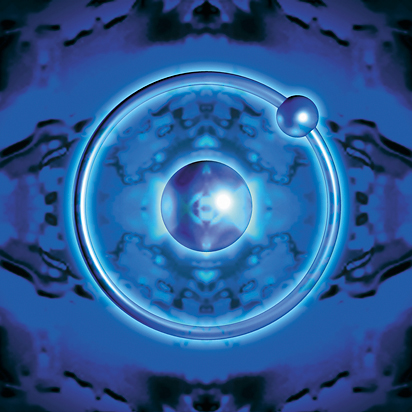
Hydrogen had been known since 1671, when Robert Boyle first discovered it upon treating iron filings with dilute acid. It should take another century, however, before the gas was fully recognised as a discrete substance by Henry Cavendish in 1766, and soon thereafter named “hydrogen” (from the Greek ὑδρο- hydro meaning “water” and -γενής genes meaning “creator”), when Antoine Lavoisier and Pierre-Simon Laplace found that the burning of the colourless gas generated water (Stwertka, 2012) .
An early patent featuring elemental hydrogen was filed in Canada by Horatio P. Allen under the title ‘Hydrogen Gas Generator’ (1873).
According to the RSC, hydrogen-powered fuel cells are increasingly being seen as ‘pollution-free’ sources of energy and are now being used in some buses and cars.
Hydrogen fuel cells have been around for a long time, this patent from 1960 on the ‘Improvements in or relating to multi-purpose electrodes for electrochemical processes’ , describes an electrochemical fuel cell with a hydrogen electrode.
Coming right up to date, this patent describes a ‘Logistics vehicle powered by hydrogen fuel and control system’ (2018).
References:
Stwertka, A. (2012). A guide to the elements. Oxford University Press, USA.
All patent information has been obtained from Espacenet (European Patent Office).